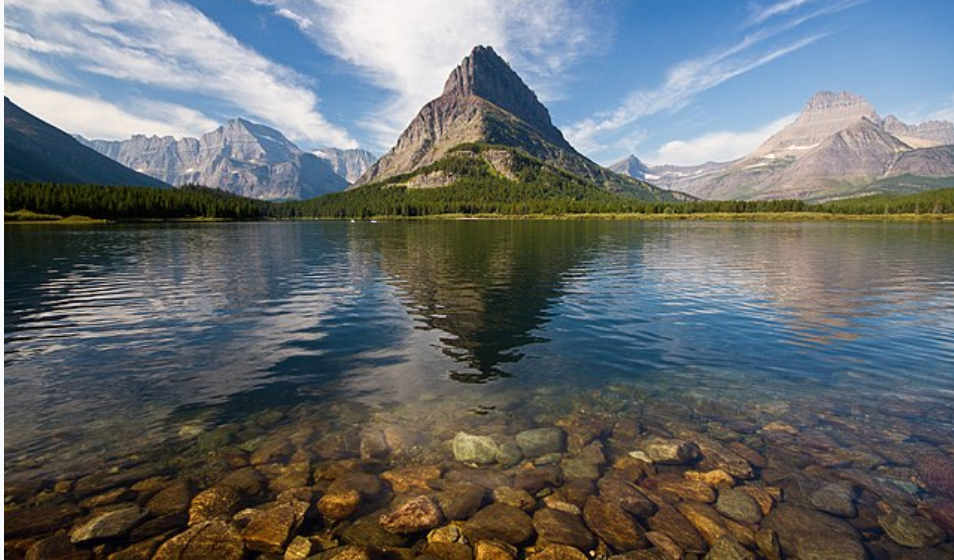I am currently pursuing my Master’s Degree in Sustainability at Stanford University. Many people who ask me about my degree are confused about what that is. Essentially, I hope my degree will equip me to understand complex environmental issues and work to advance solutions to them (Graduate Programs | Change Leadership for Sustainability Program | Stanford Earth). At Stanford, Sustainability is defined as the promotion of inter- and intra- generational welfare. This definition highlights that both future generations and all the current population of the earth require safety and well-being to thrive, all of which is impossible without an intact earth and functioning ecological systems.

All this terminology can sound technical and unrelated to the larger population, including our faith community in the Church of Jesus Christ of Latter-day Saints. However, I believe my faith allows me a broader view with which to contemplate these concepts. As D&C 132:15-20 tells us, our families are eternal: “Then shall they be gods, because they have no end; therefore shall they be from everlasting to everlasting, because they continue”. I find great strength in the idea that I will see my family again, even if they leave me too early. I have comforted grieving friends and watched the consolation they derived from the knowledge of eternal families. As soon as I heard the definition of sustainability discussed in my academic work, I thought of our doctrine. Eternal families epitomize a concern for both previous and subsequent generations. I can see and live with my ancestors and with my descendants in the celestial kingdom. Therefore, I am accountable to those who will come after me: I want to see them lead happy, fruitful, and healthy lives. A concern for inter-generational well-being is baked into LDS belief, just as it is for environmental conservation.
Regarding intra-generational welfare, I know that my church is a global church. There are members in Japan, Peru, and Sweden; I know I have fellow sisters and brothers of all races, genders, and identities. Additionally, although the Church is concerned with our spiritual welfare, they also are concerned for temporal welfare, our physical needs of nutrition, shelter, and safety. The church spearheads massive humanitarian efforts every year, including immunization awareness, providing wheelchairs to those who need them, and donating labor and materials for clean water (“What the Church is Doing,” churchofjesuschrist.org). Our leaders tell us to “Love Thy Neighbor” and show by example how to serve not just church members, but also all fellow human beings. Our leaders demonstrate an imperative to care for all peoples, aligning with the “intra-generational welfare” definition of sustainability.
Members of our faith community generally speaking have historically often been at odds, even hostile to environmentalism, most especially in the Great Basin states that form the core of church membership. However, I find that our doctrine is aligned with the ultimate aims of environmentalism. I want the earth to continue functioning well in order that my children and my children’s children, whom I hope I will see again in the celestial kingdom, will have a healthy natural environment in which to grow and flourish during their lives, fulfilling the purposes of their mortal journey.
I am inspired by the way in which the purposes of my course of study intersect with my faith. My academic program is defined by its concern for the well-being of generations to come and the whole population currently on the earth. What could be more in line with that than the priorities of the gospel of the Church of Jesus Christ of Latter-day Saints?
